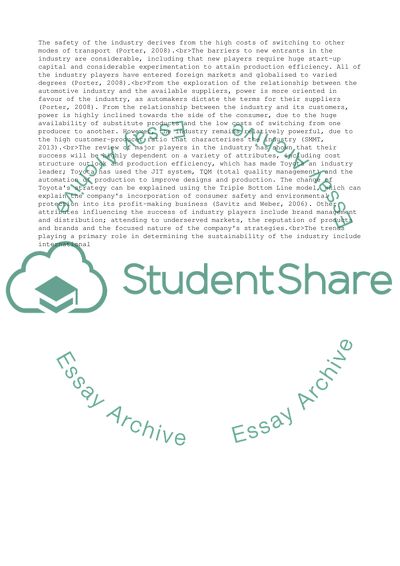Cite this document
(International Sustainability Management - Analysis of sustainability Essay, n.d.)
International Sustainability Management - Analysis of sustainability Essay. https://studentshare.org/management/1821693-international-sustainability-management-analysis-of-sustainability-issues-in-automotive-industry
International Sustainability Management - Analysis of sustainability Essay. https://studentshare.org/management/1821693-international-sustainability-management-analysis-of-sustainability-issues-in-automotive-industry
(International Sustainability Management - Analysis of Sustainability Essay)
International Sustainability Management - Analysis of Sustainability Essay. https://studentshare.org/management/1821693-international-sustainability-management-analysis-of-sustainability-issues-in-automotive-industry.
International Sustainability Management - Analysis of Sustainability Essay. https://studentshare.org/management/1821693-international-sustainability-management-analysis-of-sustainability-issues-in-automotive-industry.
“International Sustainability Management - Analysis of Sustainability Essay”. https://studentshare.org/management/1821693-international-sustainability-management-analysis-of-sustainability-issues-in-automotive-industry.


